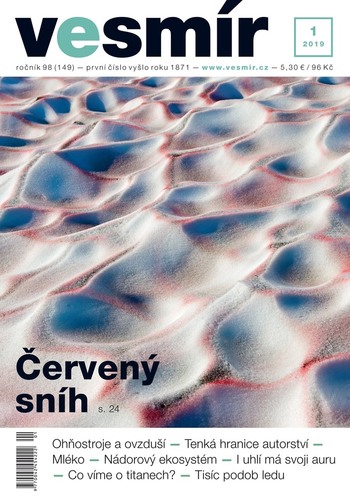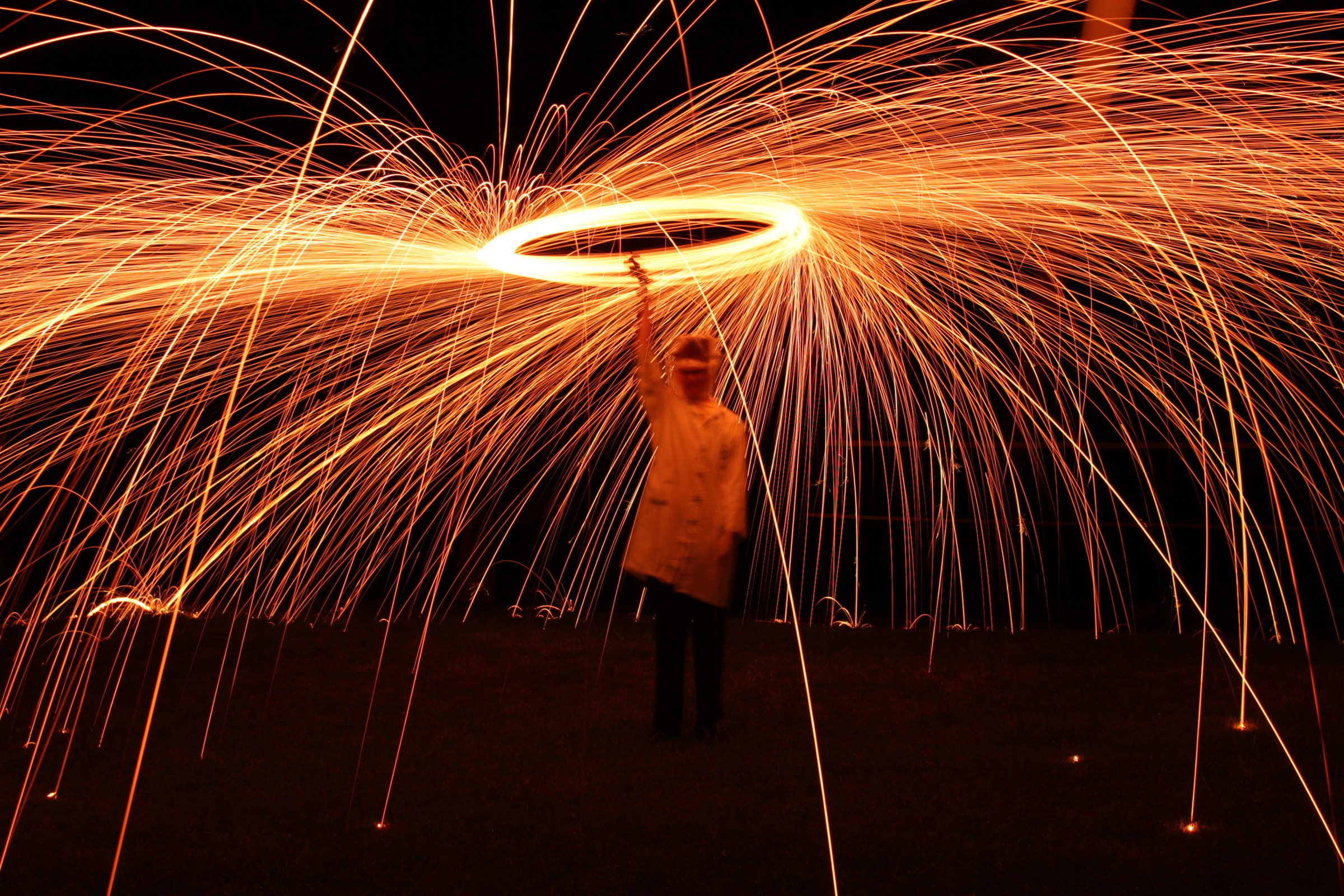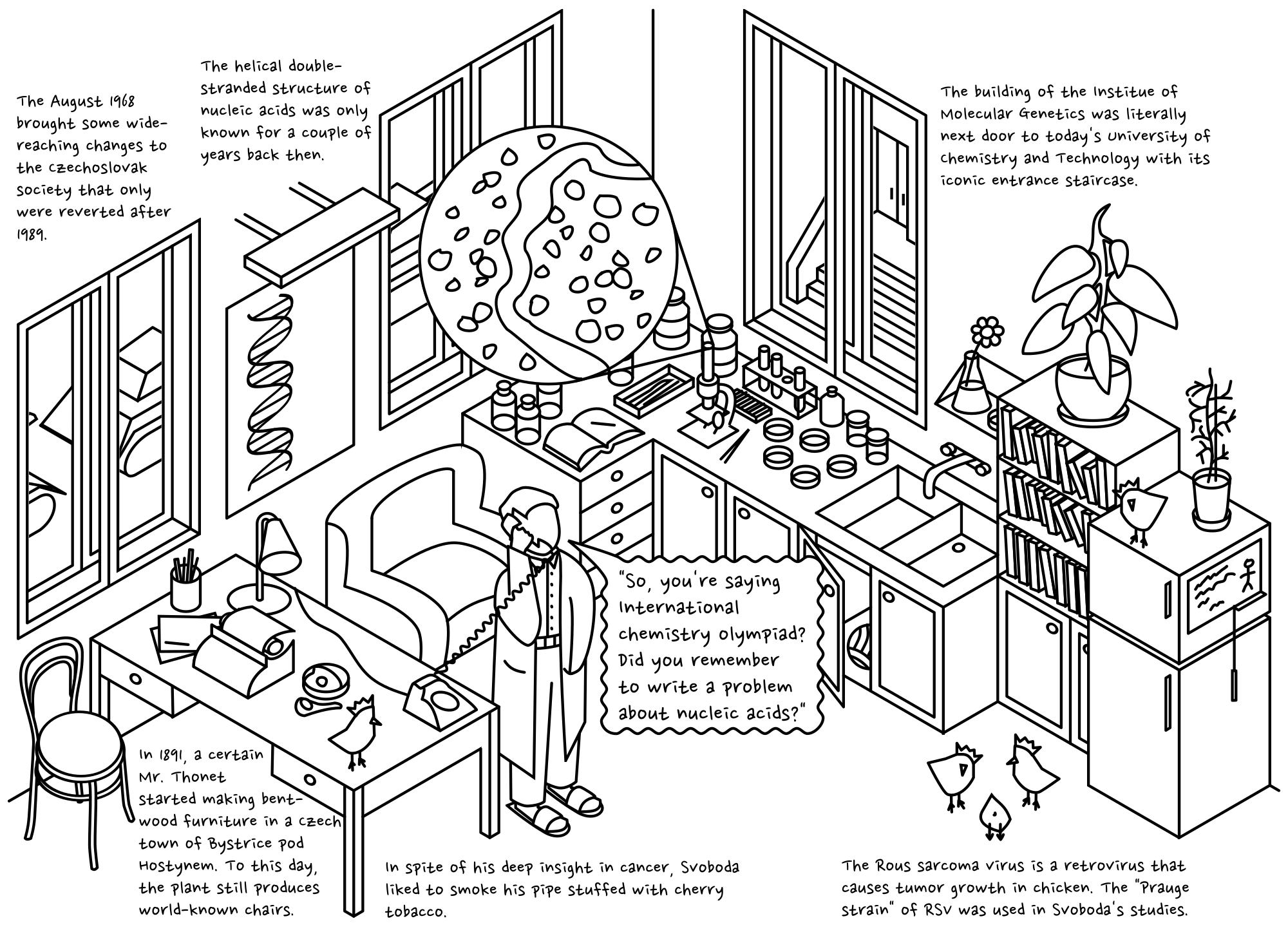15th Open Call of IT4I: Our Second Project Got Approved
published 2019-02-05
With a three-week delay, the Czech supercomputing center IT4I in Ostrava has announced the results of the 15th Open Call for the computing time. I applied with a project which deals with a ribosome-regulatory peptide VemP. By a set of non-equilibrium simulations we will extend our previous simulation project, where we studied VemP and a few of its mutants.
I analyzed the result page. There are only 3 (three!) female PIs out of 71 projects. Is there anything wrong with the supercomputing community in the Czech Republic? The 8 largest projects consume almost one half of the total allocation available, while the smallest projects (half of the total number) received only about 14% of the total allocation. Hover over the bars for details.
New Publication in Vesmír: A Thin Line of Authorship
published 2019-01-08
An interesting text about authorship appeared in Nature by the end of the last year. It presented a study of researchers from Palo Alto and Philadelphia, USA about hyperproductive authors of scientific literature. With Petr Slavíček from UCT Prague we discuss its main findings and put them into a broader context of the complicated issues around scientific authorship.
Three-Year Junior Project Approved
published 2018-12-01
In April, I applied for a funding with a project entitled "Structure and Dynamics of the Ribosome Exit Tunnel". Late November I got a message that the project was aproved by the Czech Science Foundation as a Junior Grant (for applicants under 35 years of age). Great news indeed! It means that I will have funding for myself and two PhD students, that I will be visiting conferences, and that I have a quite clear plan for the next three years at the University of Chemistry and Technology in Prague.
The approval rate in the junior category was almost 40 %, which is a consequence of certainly positive decisions of the Foundation management. I plan to have a detailed look on the call results in another post.

New Publication in a Munich Supercomputer Book
published 2018-11-18
The Leibniz Supercomputing Center in Munich has recently published a book of project reports. To me, it is a quite impressive list of top-class computational projects, easy to digest by non-experts. We contributed with a short text about nascent peptides in the ribosome exit tunnel.
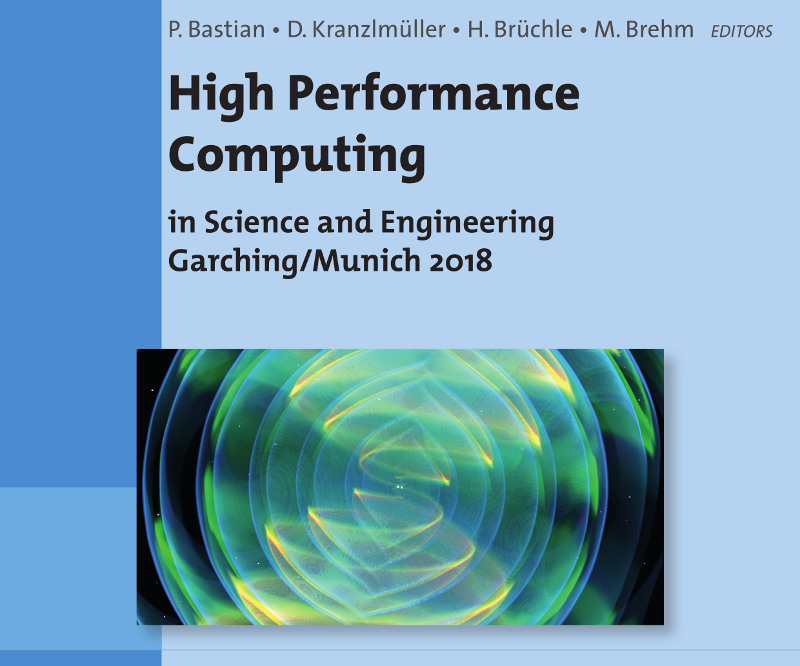
Visiting the National Supercomputing Center in Ostrava
published 2018-11-07
I'm just visiting the Supercomputing center in Ostrava, which operates the largest Czech supercomputers. (Actually, I'm not sure about that because the data about private-company supercomputers are not available.) In Ostrava, there is the 2nd User Meeting with bunch of astrophysicists, material chemists, and software developers. I've contributed with a structural biology talk about ribosomes and VemP. In the end of my talk, couldn't stand comparing the nascent peptide with a baby leaving the mum's vagina.
Some of the presentations I really enjoyed. Prime numbers in 2D by Alberto Fraile, Nitride superlattices by Miroslav Černý, Star formation by Richard Wünsch.
Yet Another Text About Chemistry Olympiad
published 2018-10-26
Would you like to know how the International Chemistry Olympiad was founded? How hard and funny it can be to get there and what role Běstvina plays? Do you know some Czech language? If yes, a brand new article published online on vesmir.cz is right for you. This time written together with Petr Slavíček.

It's always nice to return back to Göttingen. I still have many connections there and enjoy discussions with my former group mates. This time, I stayed in a guesthouse, where Max von Laue lived after the World War II. Inspiring.
published 2018-10-13
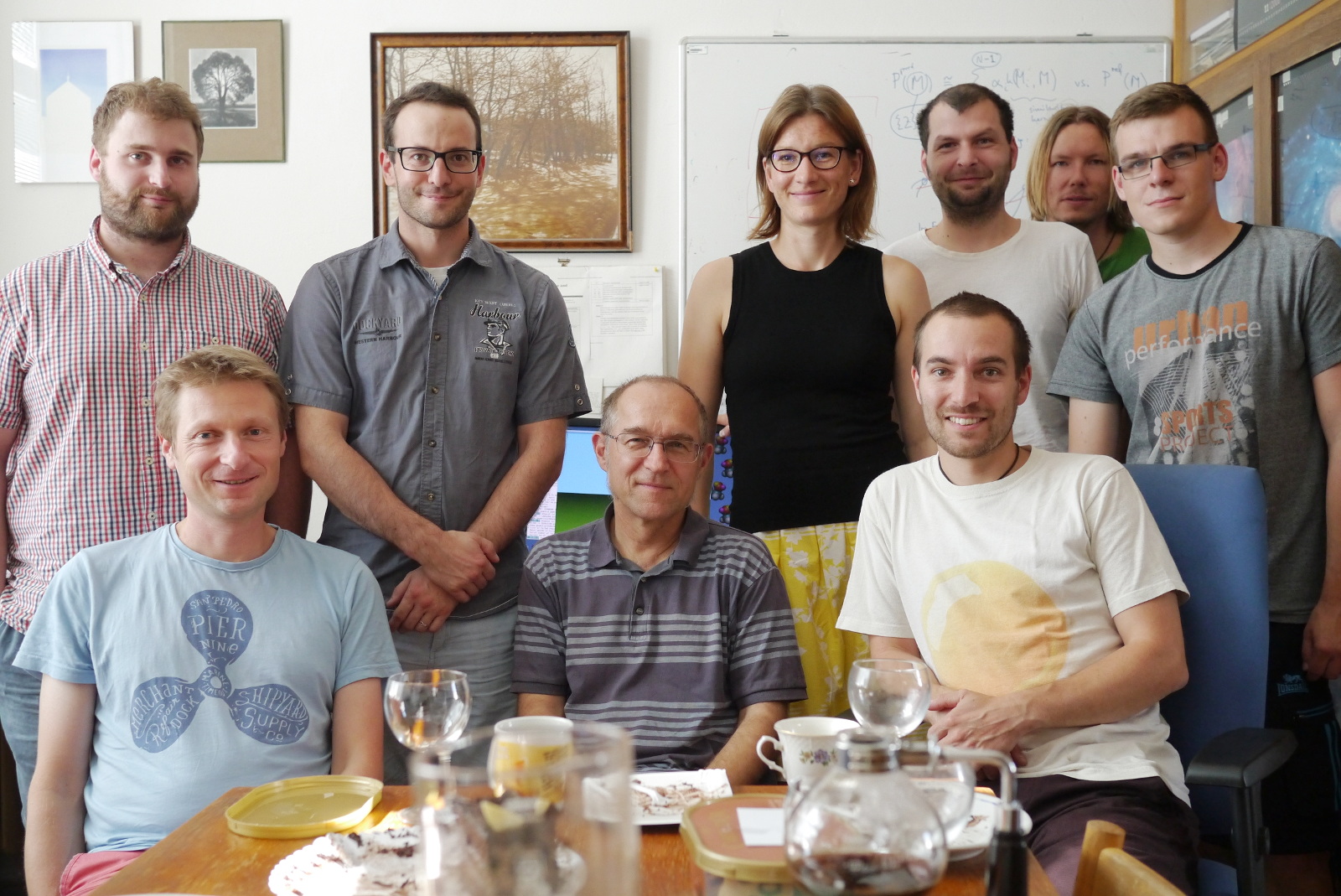
Jiří - a colleague of mine, who I share my office with - has just turned 60. It was a great opportunity to eat some extra-chocolate cake and drink sparkling wine. We wish him all the best. (Motivated by Solvay conferences, we took a picture of us. Just in case...)
published 2018-09-25
50th International Chemistry Olympiad
published 2018-07-31
This year, the International Chemistry Olympiad (IChO) has celebrated its 50th anniversary. The first IChO took place in Prague, Czechoslovakia in 1968, and, although it is usually not emphasized, it pop up during the period known as Prague spring. Slovak and Czech republics were also the organizing countries of this year issue. It was my pleasure to be a part of Scientific committee, and with Tom Kubař to prepare and evaluate one of the eight theoretical exam problems. It was all about DNA, and part of our motivation stemmed from the work of Prof. Jan Svoboda, a famous Czech virologist in the picture below. It is just coincidence that his surname means "freedom".
